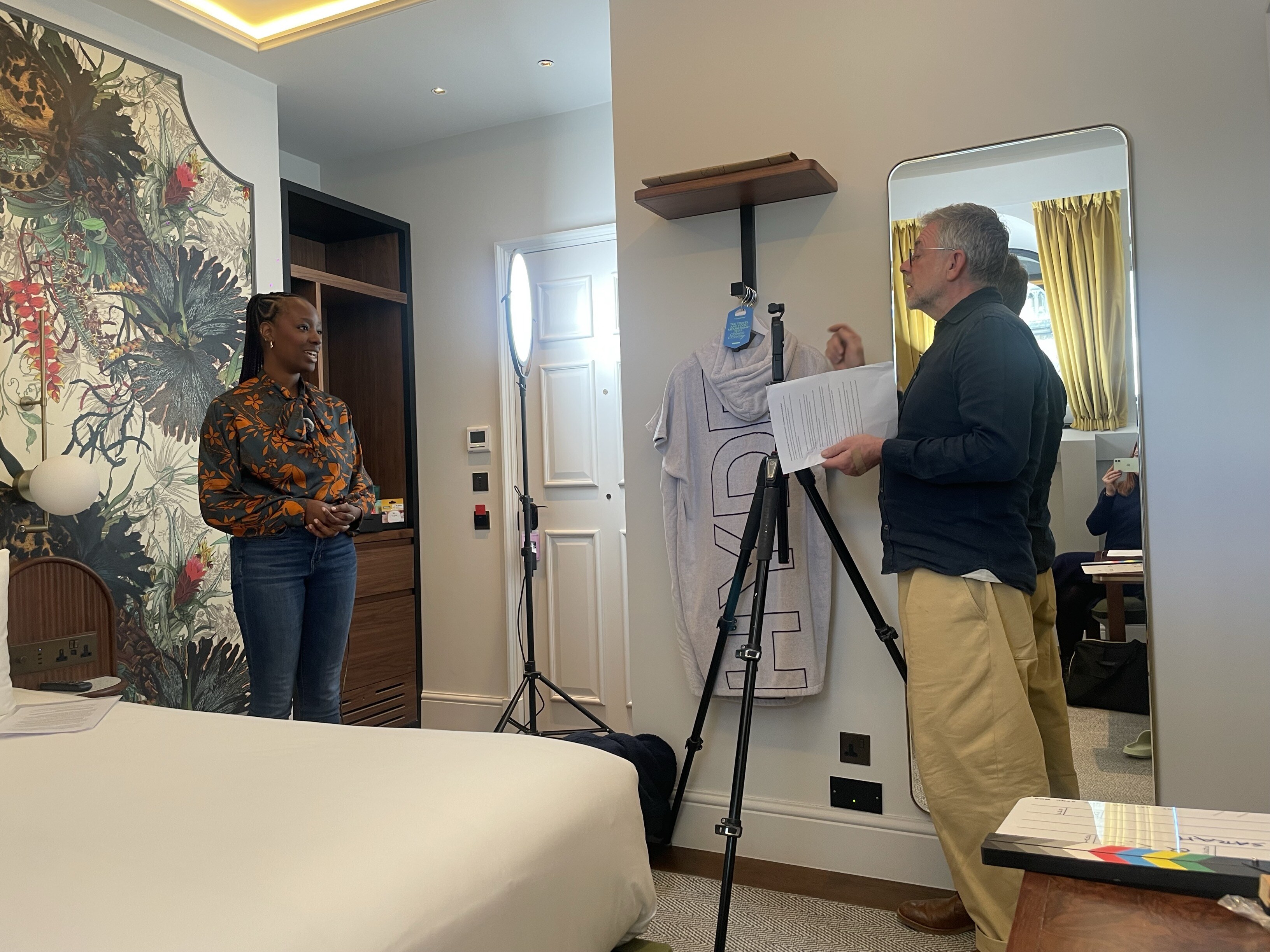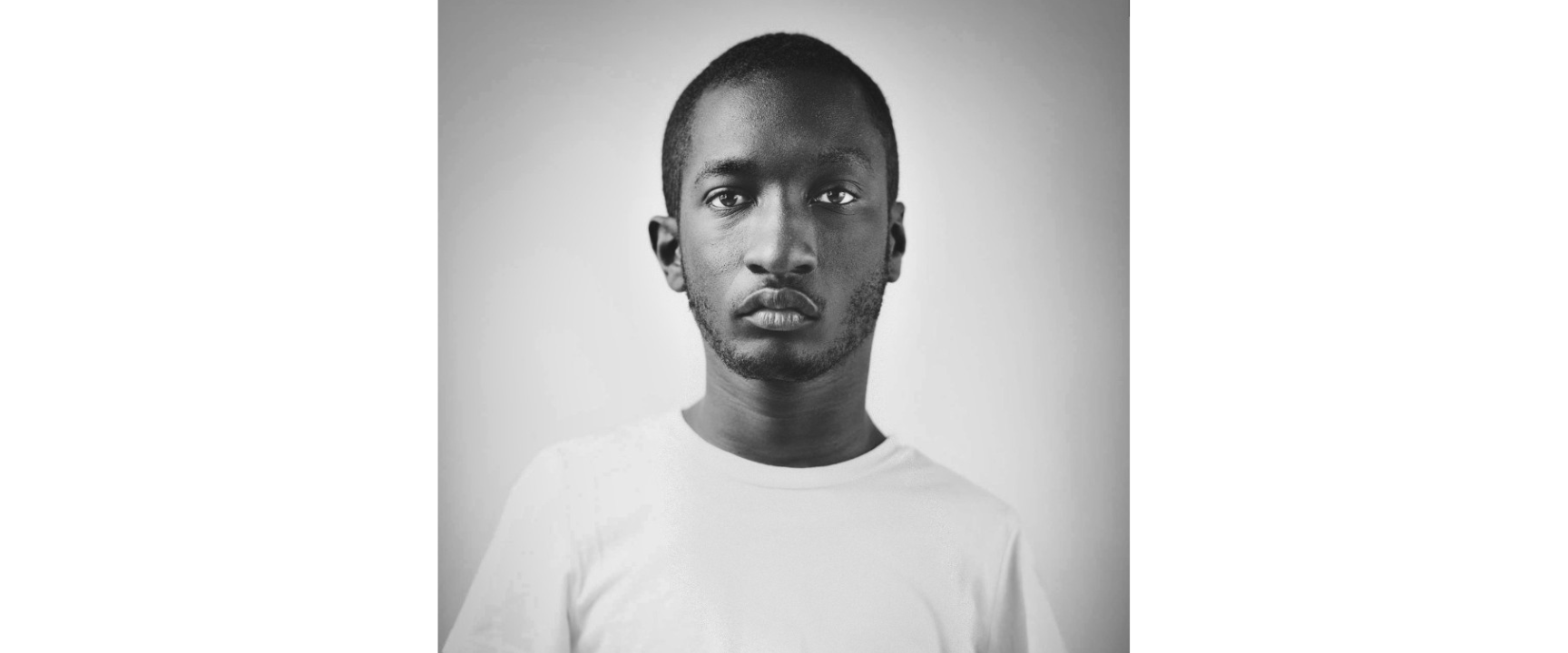An Introduction to Joanne Jeyes
Jo specialises in accessible and inclusive interior design, a passion rooted in personal experience. “My family have, or have had, a range of physical, cognitive and sensory needs,” she explains. “Through them and through friends, I’ve seen the need for true design that works for all bodies and all brains.”
When searching for non-clinical, elegant products for her latest project, Jo came across Fitzroy of London. “I genuinely breathed a sigh of relief,” she says. “It was the first time I’d seen accessible fittings that felt stylish and design-led.”
Defining Accessible Design
Jo is a vocal advocate for integrating accessibility into mainstream design. “Too often, it’s treated as an ‘add-on’,” she says. “But when we include it in our design from the very start, every home becomes welcoming and future-proof.”
She also emphasises that accessible design is about more than wheelchairs. “Whilst important, we also need to consider such things as sensory needs, guide dogs, walking aids, visual contrast and acoustics. It’s all part of creating a space that works for everyone.”
Balancing Function With Beauty
“For me, accessible bathrooms are designed in exactly the same way as any other space,” Jo says. “I get to know the person, understand their lifestyle and needs, and then reflect this by designing a space that feels calm, stylish and personal.”
That’s where Fitzroy’s wide selection of finishes and sleek, inclusive designs come in. “My client didn’t want traditional chrome grab rails or anything overly clinical – she wanted something beautiful and unique. Fitzroy allowed me to deliver just that.”
Core Principles and Future Proofing
Jo’s design mantra centres around level access, slip-resistant flooring, good lighting, ease of movement and easy-to-use fittings. “Those are the core principles,” she says. “And when they’re thoughtfully brought together, they make for a calm, dignified and beautiful bathroom for everyone.”
She often advises clients on future-proofing, particularly when downsizing or installing wetrooms. “Removing a bath for a low-access shower can make a big difference. It’s about creating a space that works both now and in the future.”
Understanding Personal Style
Jo always takes time to understand a client’s personal tastes, whether that’s in fashion, music, or art. “I find that their interests are always reflected back into their home. My client in this project wanted something funky and stylish - just because she uses a wheelchair doesn’t mean she shouldn’t get to live in a stunning space.”
A Message To Businesses
Finally, Jo encourages businesses to reflect on how accessible their own spaces are. “Ask yourself: who might I be excluding? Could someone navigate this space with a walking stick or sensory sensitivity? It all starts with awareness - and small changes can make a big difference.”
At Fitzroy of London, we’re proud to support designers like Jo in creating inclusive spaces that never compromise on style. Want to know more about how we can help you design for everyone? Get in touch now!



